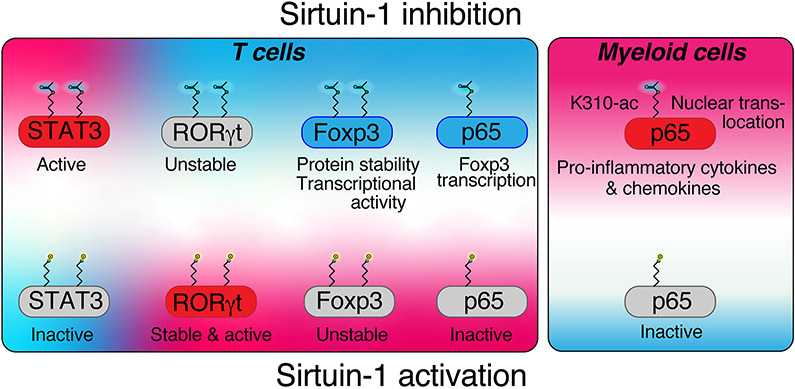Figure 2: Sirtuin-1 targeting in T cells and myeloid cells.
Sirtuin-1 targeting has contrasting effects in myeloid and in T cells: In myeloid cells, p65 acetylation at lysine 310 leads to increased transcription of pro-inflammatory cytokines. In T cells, Foxp3 is stabilized by Sirtuin-1 inhibition due to increased lysine acetylation, which increases transcriptional activity and reduces proteasomal turnover. Foxp3 transcription is augmented by p65. In contrast to Foxp3, Rorγt is stabilized by Sirtuin-1 deacetylation, and thus, impaired with Sirtuin-1 inhibition, which aids in tilting the balance between pro-inflammatory Th17 and suppressive Treg cells. STAT3 can also be deacetylated (and destabilized) by Sirt1, which may explain that in some models, especially autoimmune uveitis, Sirt1 activation can suppress Th17 differentiation.

